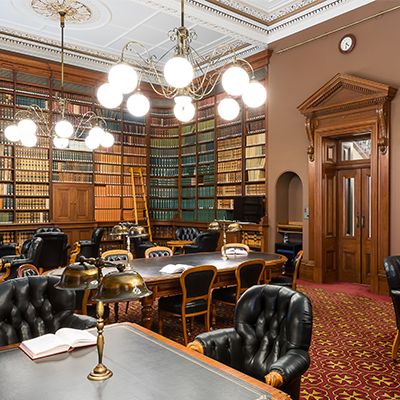How to Debate (British Parliament Style)

Introduction
The British Parliamentary debating style is a rich and engaging format that fosters intellectual discussions and nurtures the exchange of ideas. Hailing from the traditions of the British Houses of Parliament, this form of debate is now practiced at universities and institutions worldwide. In this article, we will discuss the foundations of British Parliamentary debating and provide essential tips on how to excel in this intricate, skill-based activity.
Understanding the Format
A British Parliamentary debate consists of four teams with two members per team – Prime Minister (PM), Deputy Prime Minister (DPM), Leader of the Opposition (LO), and Deputy Leader of the Opposition (DLO). The four teams are divided into two sides: Government (Proposition) and Opposition. Debates typically center around a given motion, with arguments either supporting or opposing it.
Opening Government (OG): The OG team’s primary function is to introduce the motion and set up a case for the proposition. The PM starts by defining the subject matter and establishing the parameters for debate. The DPM then builds on these points while refuting any opposition raised thus far.
Opening Opposition (OO): The OO’s role is to challenge the legitimacy of government claims by presenting alternative viewpoints and robust counterarguments. The LO directly confronts the PM’s case while outlining their own points. Meanwhile, the DLO extrapolates upon these ideas, highlights flawed assumptions in Government premises, and defends their team’s stance.
Closing Government (CG): As they enter towards the end of a debate, CG’s objective is to deepen or broaden previous arguments made by OG, introduce new constructive justifications for the proposition, and critically analyze opposition points. They should avoid repetition by aiming for unique insights.
Closing Opposition (CO): CO wraps up with a similar approach as CG but essentially geared towards countering previously mentioned propositions while presenting new ways to invalidate government claims.
Tips to Excel in British Parliamentary Debates
1.Know your role:Familiarize yourself with your team’s responsibilities and the subtleties of each speaker’s duties. Stay within your prescribed function to ensure a cohesive and powerful performance.
2.Research, research, research: Be prepared with a vast pool of knowledge on various subjects relevant to potential motions. Stay updated on current events, history, and social issues to substantiate your arguments with reliable sources.
3.Develop strong argumentation:Your ability to think critically and formulate persuasive points lies at the heart of successful debating. Endeavor to craft compelling arguments that are logical, coherent, and substantiated by facts or ethical principles.
4.Engage with opponents:Directly address counterarguments raised by the opposition and productively incorporate them into your speech. Show how their claims do not hold up or are irrelevant to the motion— reframing opposing points in favor of your case is a critical strategy.
5.Hone your delivery skills:Confidence, poise, and eloquence will be apparent when presenting your points. Practice speaking clearly, at an appropriate pace, while maintaining subtle body language that projects self-assurance.
6.Listen actively:Keep track of all the contentions brought up during the debate, taking note of particular strengths or weaknesses found in both yours and opposing teams’ arguments. Engage with these findings in constructive ways in later speeches.
Conclusion
By comprehending the British Parliamentary format’s intricacies and developing foundational debating skills, you are well on your way to mastering this prestigious art form. Embrace the challenge before you – refining your logical reasoning abilities, active listening acumen, and persuasive oratory capacities will serve you beyond competitive debate spaces into other aspects of life as well.






